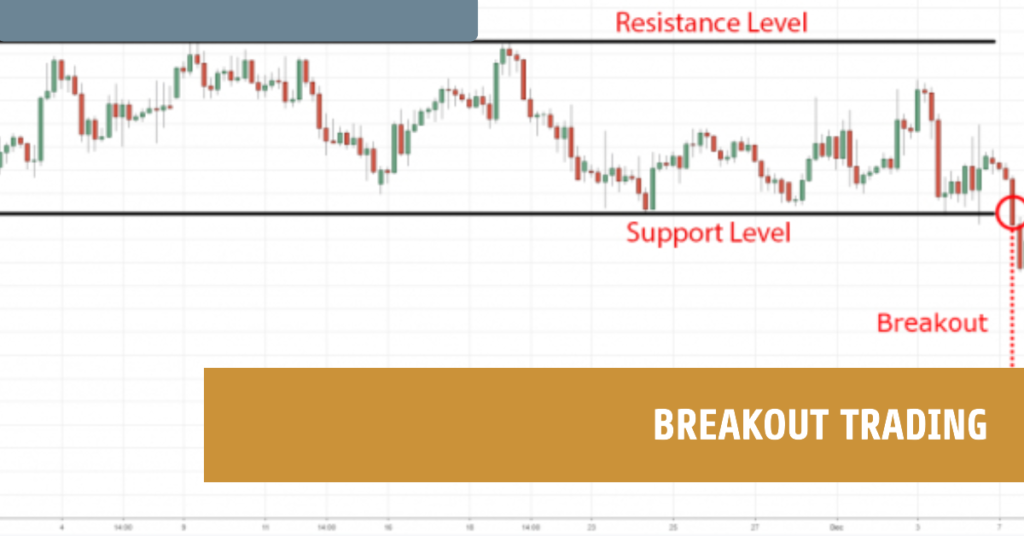
Forex Trading Strategies for Beginners: A Step-by-Step Guide to Success
- Jonny Smith
- April 3, 2023
- Forex Trading For Beginners, Uncategorized
- Best_forex_broker, forex, range trading, scalping, strategies
- 0 Comments
Entering the world of Forex trading can be both exciting and intimidating for novices.
It can be challenging to know where to begin with so many strategies accessible and so many factors to consider.
Not to worry !
This comprehensive guide will deconstruct some of the most effective Forex trading strategies for beginners, giving step-by-step instructions, real-life examples, and data-driven insights to help you get started.
01. Trend Following

Trend following is a typical Forex trading strategy that involves identifying and capitalizing on the market’s overall direction.
Step-by-Step Process:
a. Identify the trend: Utilize technical analysis tools such as moving averages or trend lines to determine the market’s direction.
b. Enter the trade: Once the trend is established, look for opportunities to enter a trade in the direction of the movement. For example, during an uptrend, you may look for a price retracement or a breakout from a consolidation pattern to open a long position.
c. Set stop-loss and take-profit levels: Protect your investment by setting a stop-loss order below the recent low in an uptrend or above the current high in a downtrend. Determine a suitable take-profit level based on your risk-reward ratio.
d. Manage the trade: Monitor your open position and adjust your stop-loss and take-profit levels as the market moves in your favor.
Real-Life Example:
Imagine the EUR/USD currency pair is in a clear uptrend, as evidenced by higher highs and lows. You enter a long position when the price returns to a critical support level. You set a stop-loss order below the recent low and a take-profit level that aligns with your desired risk-reward ratio.
02. Range Trading

Range trading is a strategy that includes trading within a predefined price range.
Taking advantage of the market’s bias to oscillate between support and resistance levels.
Step-by-Step Process:
a. Identify the range: Look for currency pairs that are trading sideways, with clear support and resistance levels. Utilize technical analysis tools such as horizontal trend lines or Bollinger Bands to define the range boundaries.
b. Enter the trade: Open a long position near the support level or a short position near the resistance level, anticipating a price reversal.
c. Set stop-loss and take-profit levels: Place a stop-loss order outside the range to protect against potential breakouts. Set a take-profit level near the opposite boundary of the spectrum.
d. Manage the trade: Regularly assess the market conditions to ensure the range remains intact. Be prepared to exit the trade if the price breaks the range’s boundaries.
Real-Life Example:
The USD/JPY currency pair has been trading within a well-defined range for several weeks, with support at 110.00 and resistance at 111.00. You enter a short position when the price approaches the resistance level. You set a stop-loss order slightly above 111.00 and a take-profit level near the 110.00 support.
3. Breakout Trading

Breakout trading profits from large price movements when the market breaches significant support or resistance levels.
Step-by-Step Process:
a. Identify potential breakouts: Monitor currency pairs trading within well-defined ranges or consolidation patterns, such as triangles or flags.
b. Enter the trade: Open a position toward the breakout once the price breaks through the support or resistance level, accompanied by substantial trading volume.
c. Set stop-loss and take-profit levels: Place a stop-loss order just beyond the broken support or resistance level to minimize risk. Determine a take-profit level based on the pattern’s size or a predetermined risk-reward ratio
d. Manage the trade: Monitor the market for potential signs of a false breakout or a reversal. Be prepared to adjust your stop-loss and take-profit levels accordingly.
Real-Life Example:
The GBP/USD currency pair has consolidated within a symmetrical triangle pattern. You enter a long position when the price breaks above the upper trend line with substantial trading volume. You set a stop-loss order just below the broken trend line and a take-profit level based on the triangle’s height.
4. Scalping

Scalping is a fast-paced trading strategy that seeks to capitalize on small price fluctuations by opening and closing numerous trades quickly.
Step-by-Step Process:
a. Choose a currency pair: Select a highly liquid currency pair with tight spreads to minimize trading costs.
b. Identify short-term trading opportunities: Use technical analysis tools such as pivot points, moving averages, or oscillators to identify potential entry and exit points.
c. Enter the trade: Open a position based on the identified signals, aiming for small profits.
d. Set stop-loss and take-profit levels: Place tight stop-loss orders to minimize risk and take-profit orders to quickly lock in gains.
e. Manage the trade: Monitor your open positions closely, as the fast-paced nature of scalping requires quick decision-making and trade adjustments.
Real-Life Example:
You scalp the EUR/USD currency pair during the European trading session. You identify a potential short-term buying opportunity using a combination of moving averages and the stochastic oscillator. You enter a long position and set a tight stop-loss order below the recent low, aiming for a small 5-10 pips profit.
Conclusion
As a beginner in Forex trading, it is critical to become acquainted with various trading strategies and identify the one that best fits your personality, risk tolerance, and time availability.
You can begin your Forex trading journey by following the step-by-step processes described above and incorporating real-life examples and data-driven insights.
Remember that practice makes ideal, so don’t be afraid to try new strategies and learn from your mistakes. Good luck with your buying!








